DICOM Vision Guide
This short guide takes you through the main features of DICOM Vision, in three sections:
- Import DICOM Images
- Adjust Contrast, Pan, Zoom In & Out
- Apply Colourmaps
Import DICOM Images
Once the application is started, select Import Medical Images. A dialog box will open, allowing you to select the location of the Dicom Images in your computer.
Select the folder containing the images. The application will sort the Images into their respective series, and give you a preview of each, as illustrated in the image below. A summary of each series including the number of images, patient names, study description, series description and modality are provided. Select the series you wish to import, and Open.
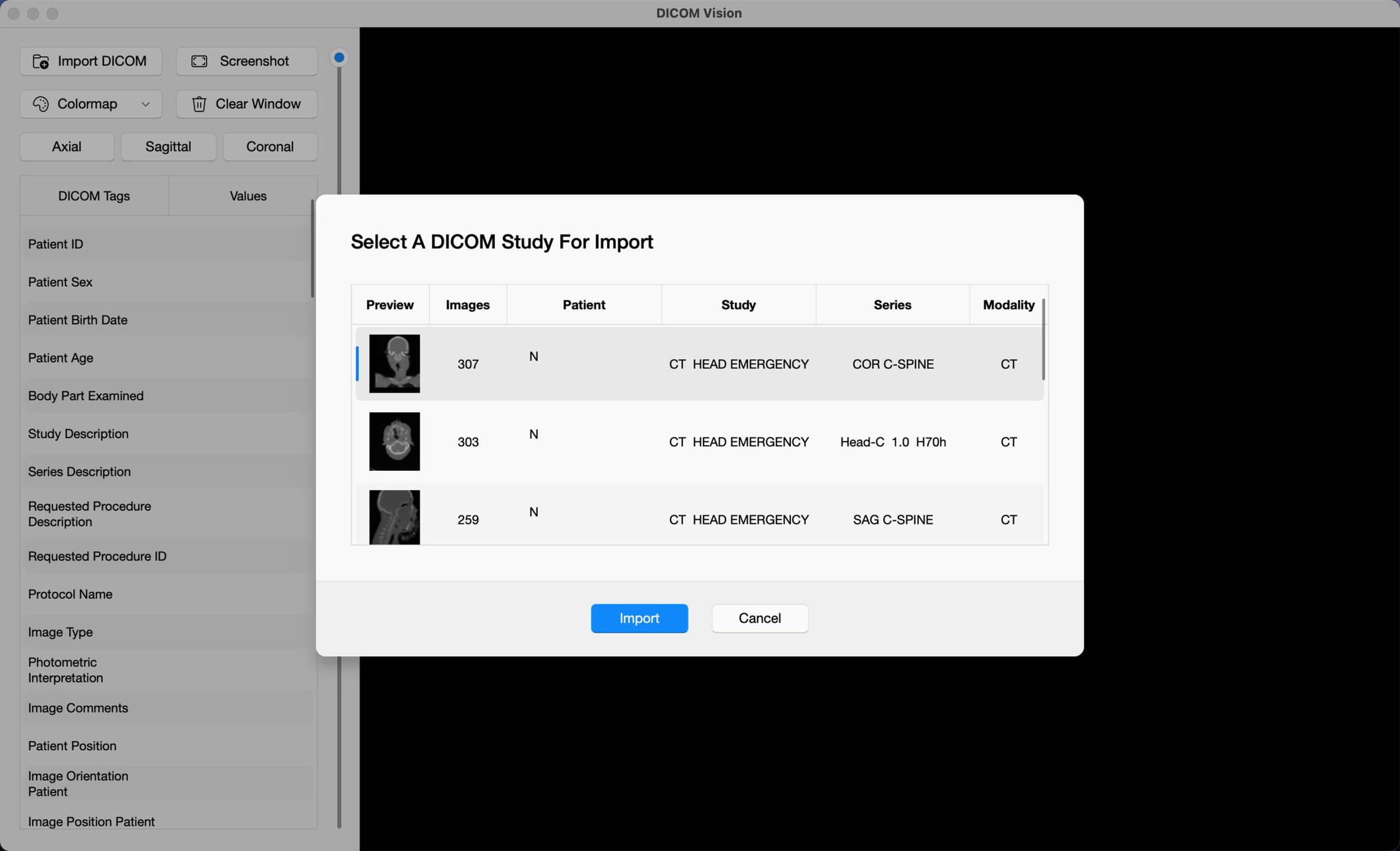
The Image series will be loaded onto the window. Axes are added onto the images providing accurate measurement of each slice. In addition to the original orientation in which the Dicom Images were taken, use the Axial, Sagittal and Coronal buttons to view the images in all orientations.
A summary of the Dicom Tags embedded in the images, are listed just below the orientation buttons. Scroll through them to analyze the information behind the images.
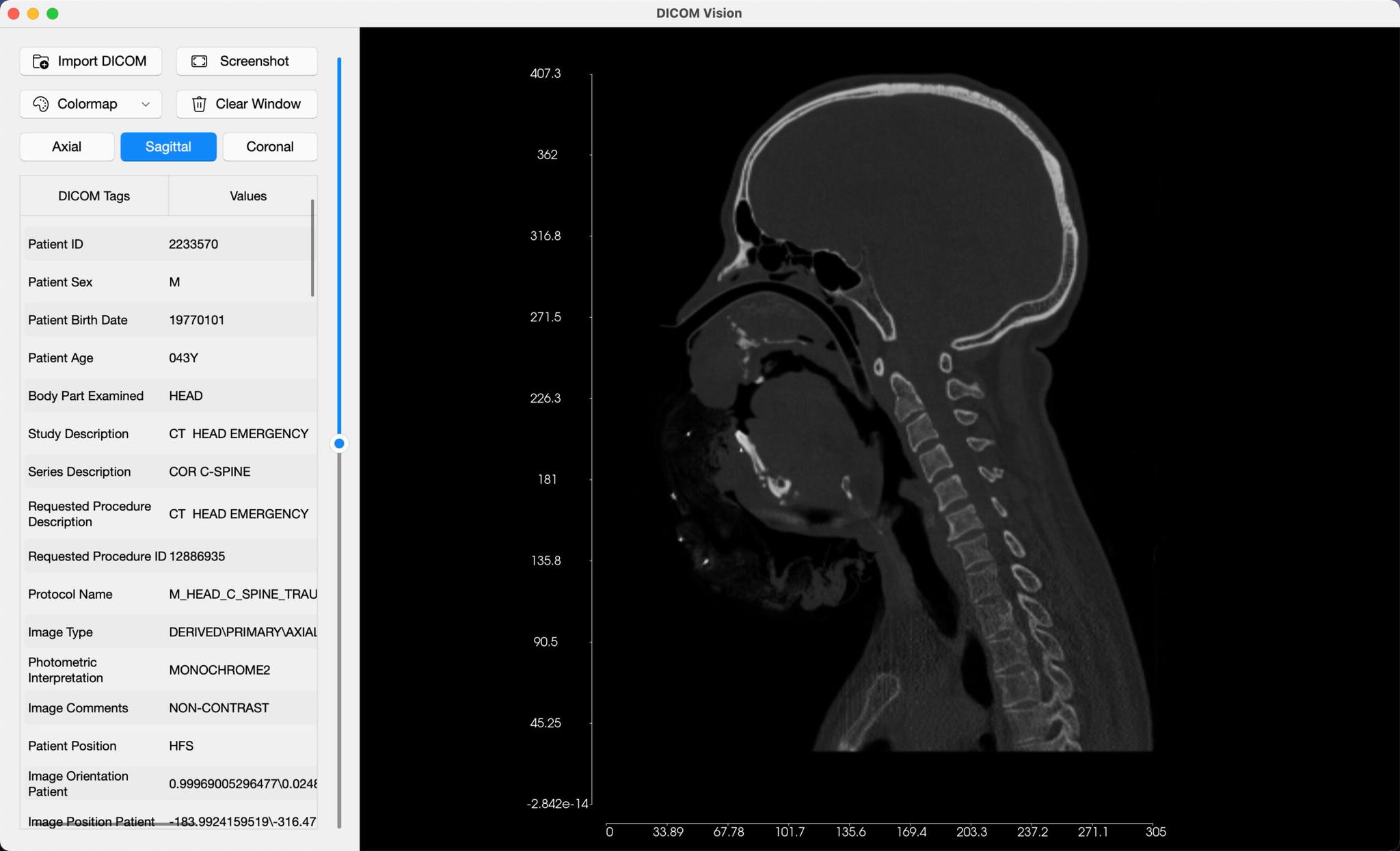
The Take Screenshot button allows you to save an image of the current slice in view in PNG Format.
Use Clear Window button to remove any loaded images, and reset the application to its original state.
Adjust Contrast, Pan, Zoom In & Out
You can adjust the Display Settings of Slice, as illustrated in the examples below.
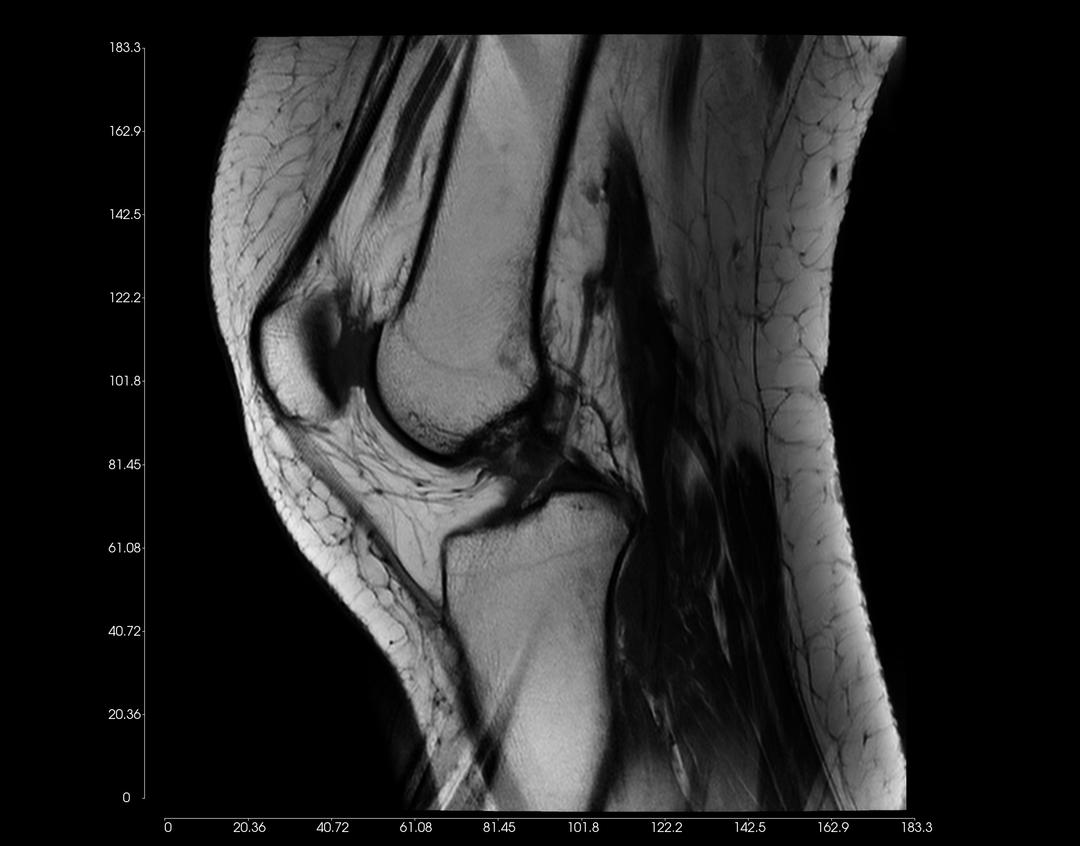
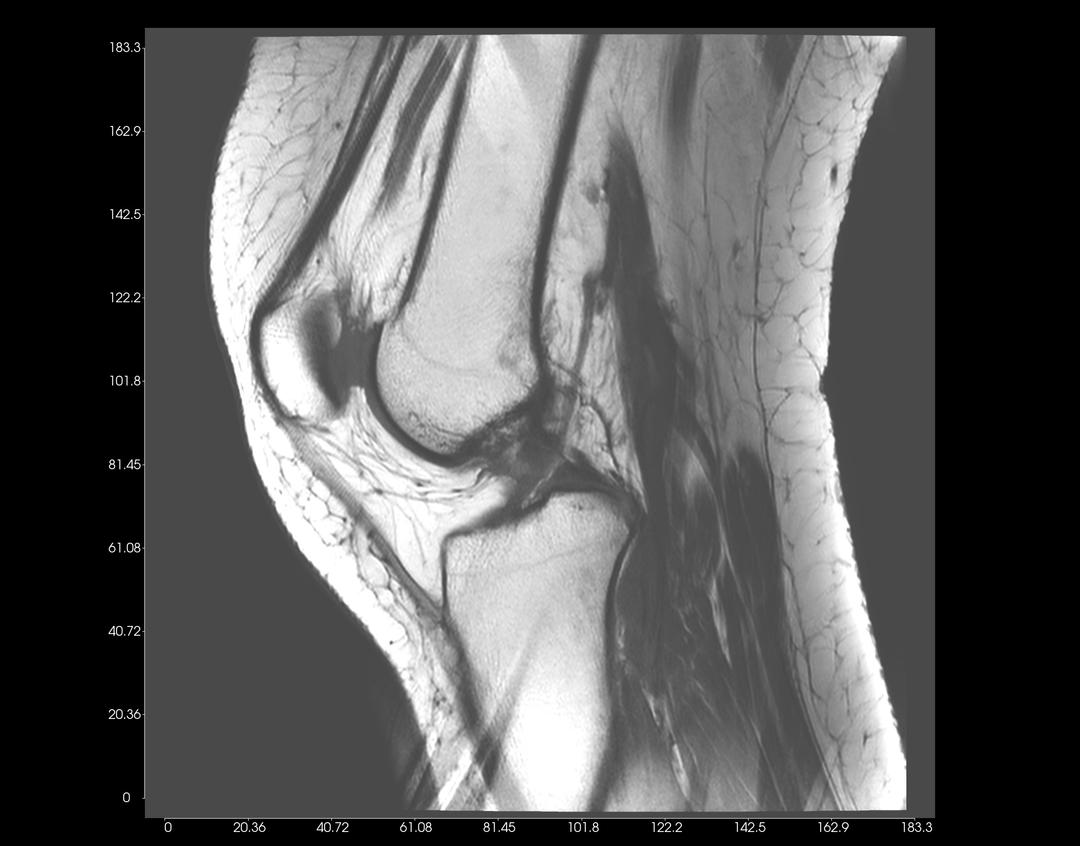
Left-click on an image, and drag upwards to increase contrast. Conversely, drag downwards to decrease contrast.
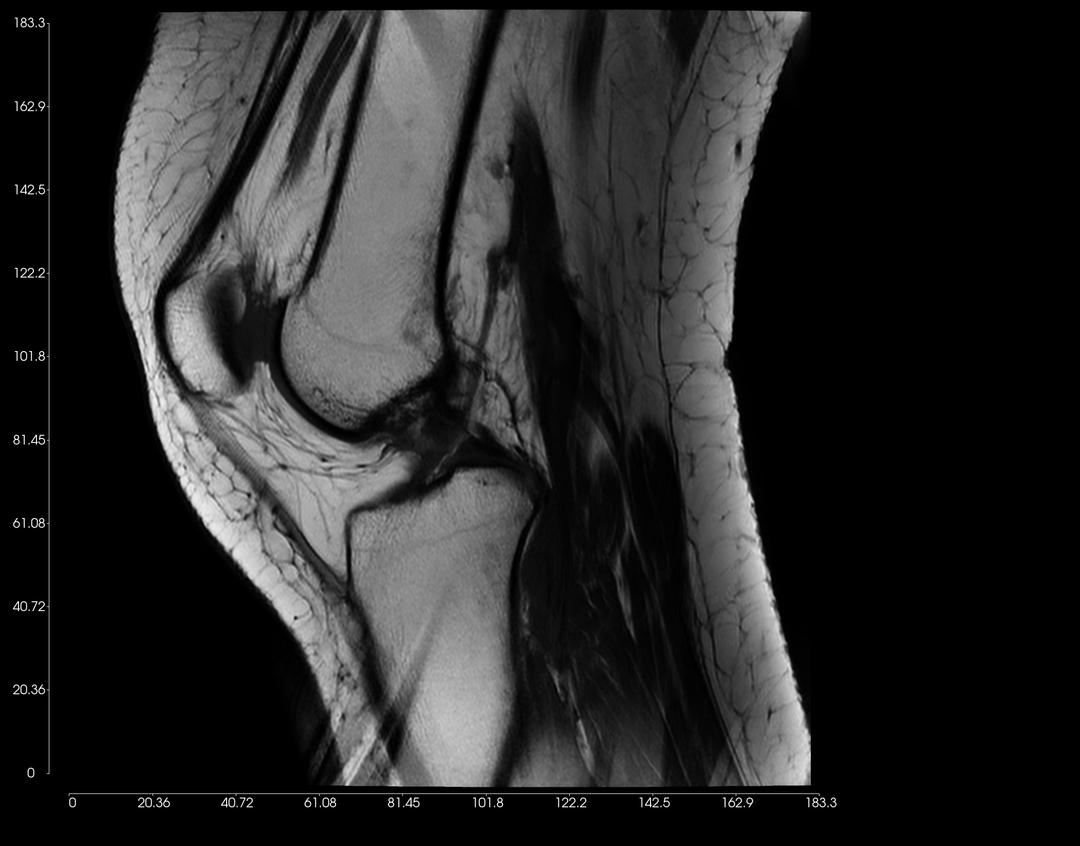
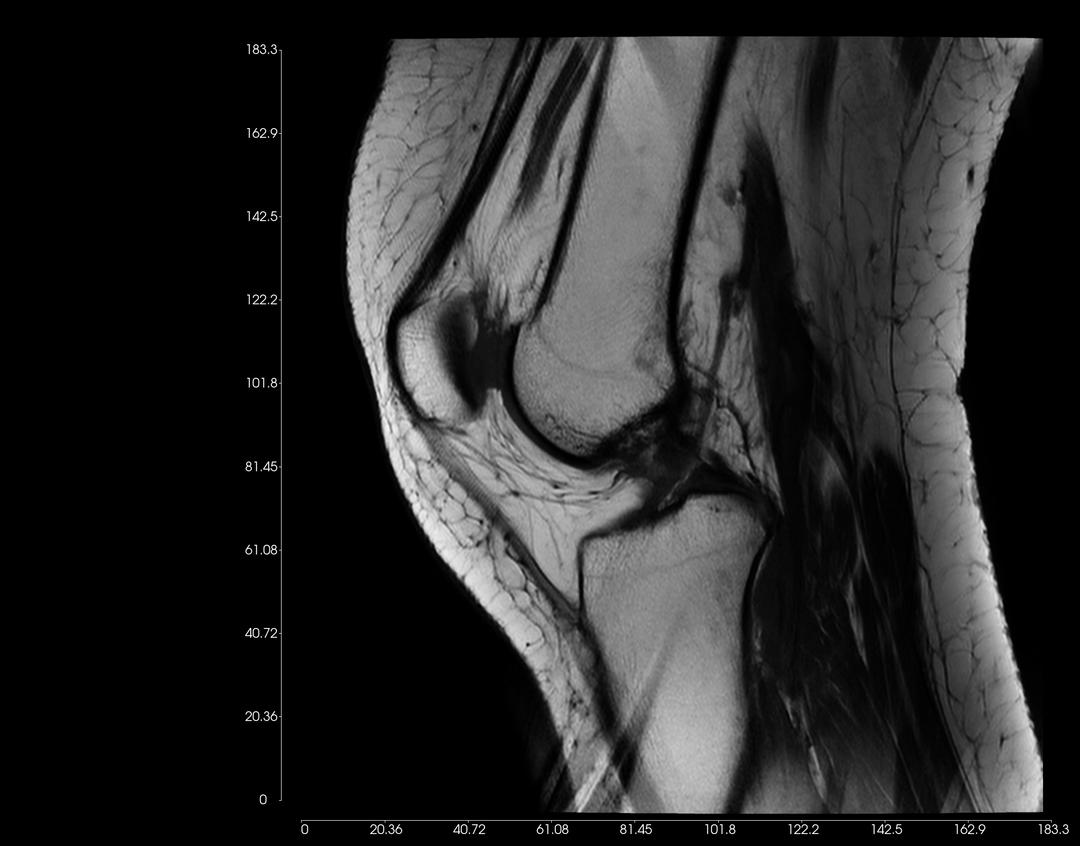
Click on the scroll wheel (mouse) and drag (pan) the image to where you want to place the image on the window.
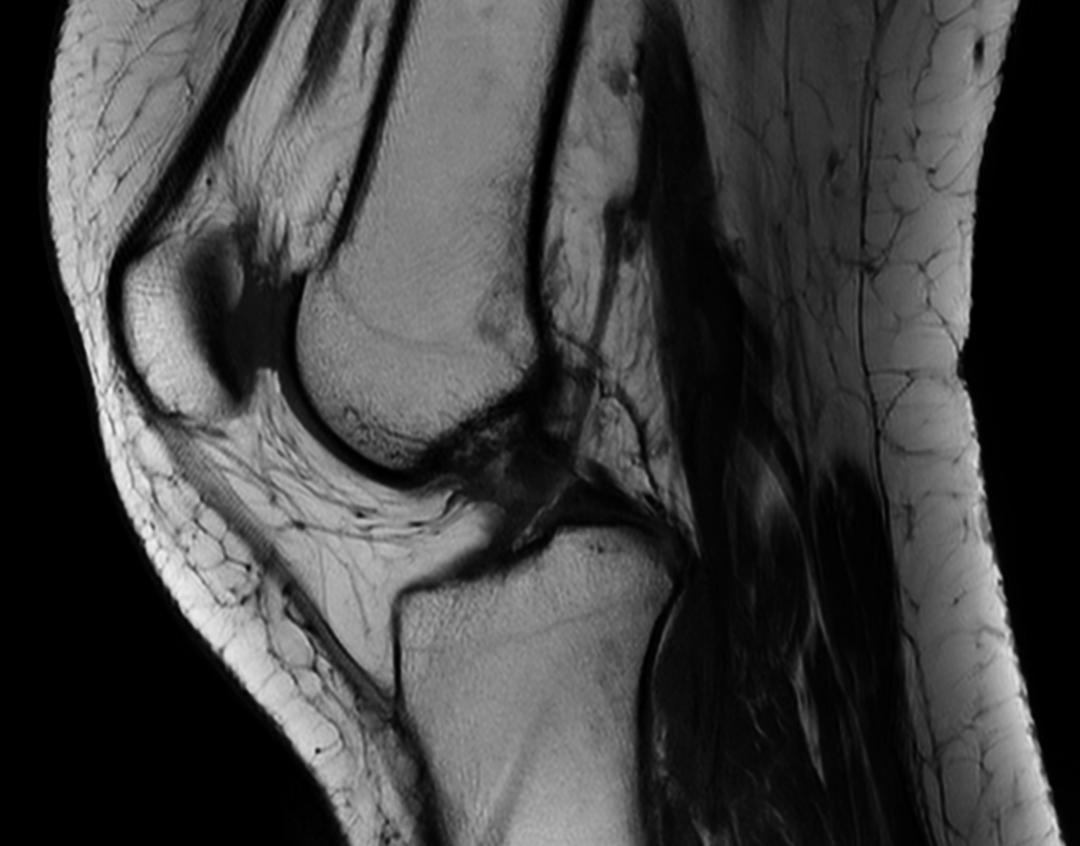
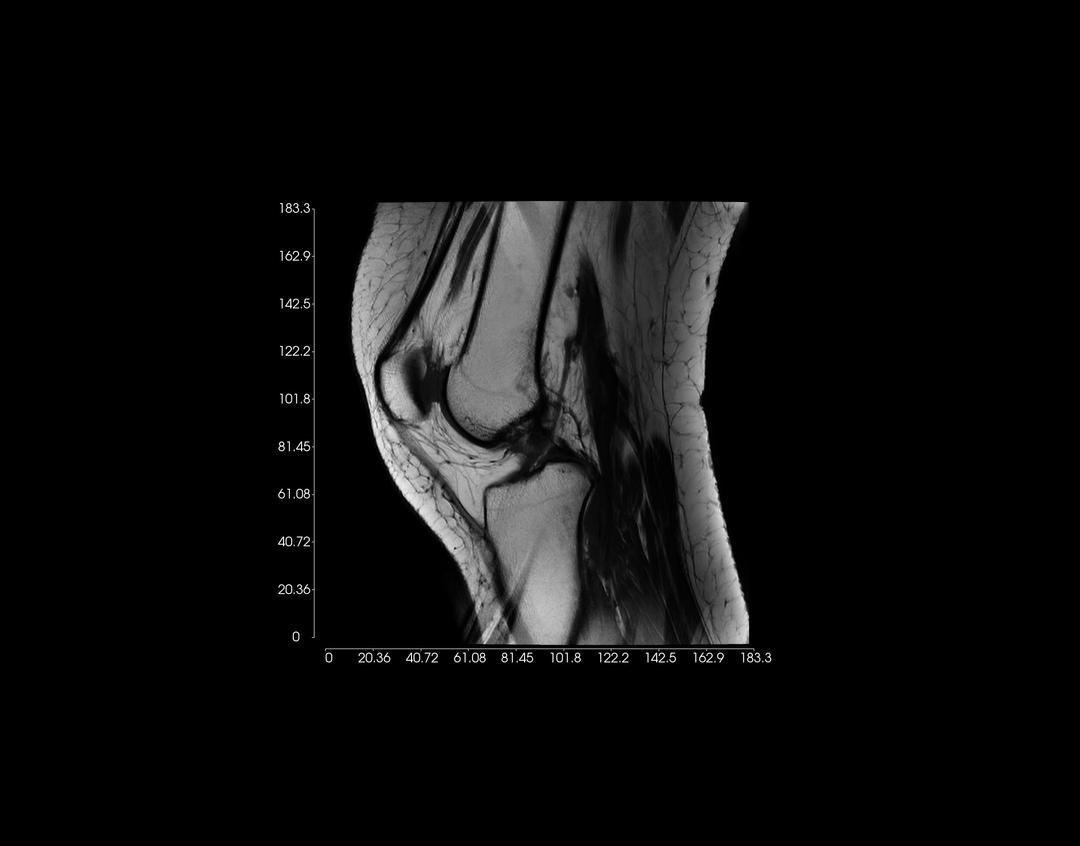
Right-click on an image, and drag upwards to zoom in. Conversely, drag downwards to zoom out.
Apply Colormaps
Dicom Vision features the option to apply distinct colourmaps to the imported images, for better visualisation. To apply one, simply click the 'Select Colour Map' dropdown button, and select one of the provided options on the dropdown.
A range of these colourmaps are illustrated in the image below.
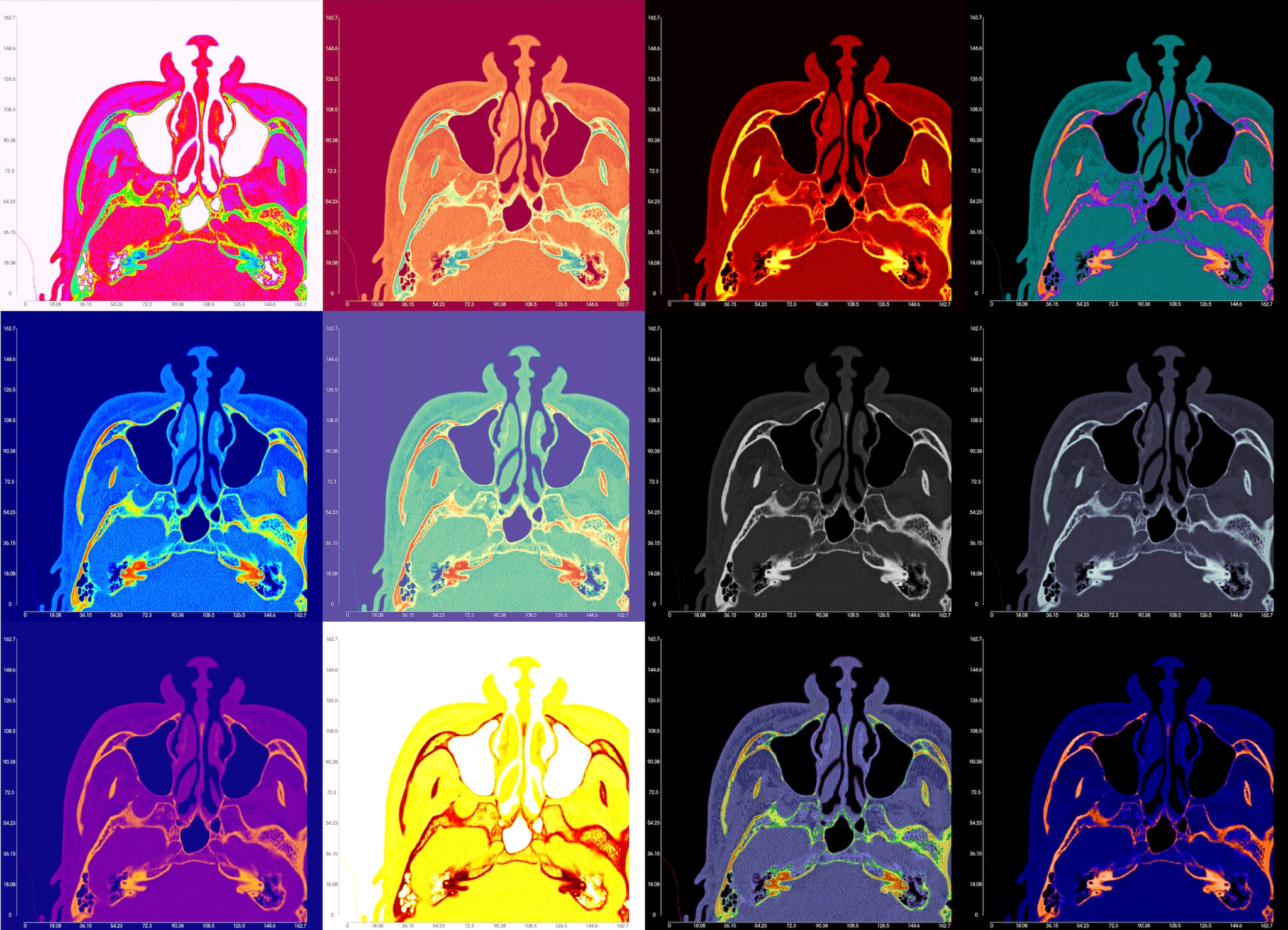
The colormaps come in two categories:
- Perceptually Uniform Colormaps
- DICOM Standard Colour Palettes
The DICOM Standard Colour Palettes include:
- Hot Iron: The Hot Iron color palette is often used in nuclear medicine applications to make differences in signal intensity (counts) more apparent to the human observer.
- PET: The PET color palette is often used in PET applications to pseudo-color the superimposed PET images when displayed fused with underlying CT images.
- Hot Metal Blue: The Hot Metal Blue colour palette is often used in nuclear medicine or PET applications to make differences in signal intensity (counts) more apparent to the human observer.
- PET 20 Step: The PET 20 Step colour palette is often used in PET applications to make differences in signal intensity (counts) more apparent to the human observer.
- Spring, Summer, Fall & Winter: These Colour Palettes are suggested for use in colour fMRI activation maps. They shade from one pastel colour to another which is distinctly different, making them suitable for illustrating either unipolar or bipolar activation. They convey activation strength within one statistical parametric map, while making it possible for the human observer to distinguish between different fMRI activation maps in the same blended display.
Learn more about the DICOM Standard Colour Palettes here.
Black Colormap Base
Colormaps applied to DICOM Images can have a base color of Black, applied to the lowest value in the Image. This can enhance the resulting images. To apply this effect, from the menubar, in the view menu, select "Colormap: black base". When active, any colormap will have this effect. Your preference will be saved, and applied to all future imported images.
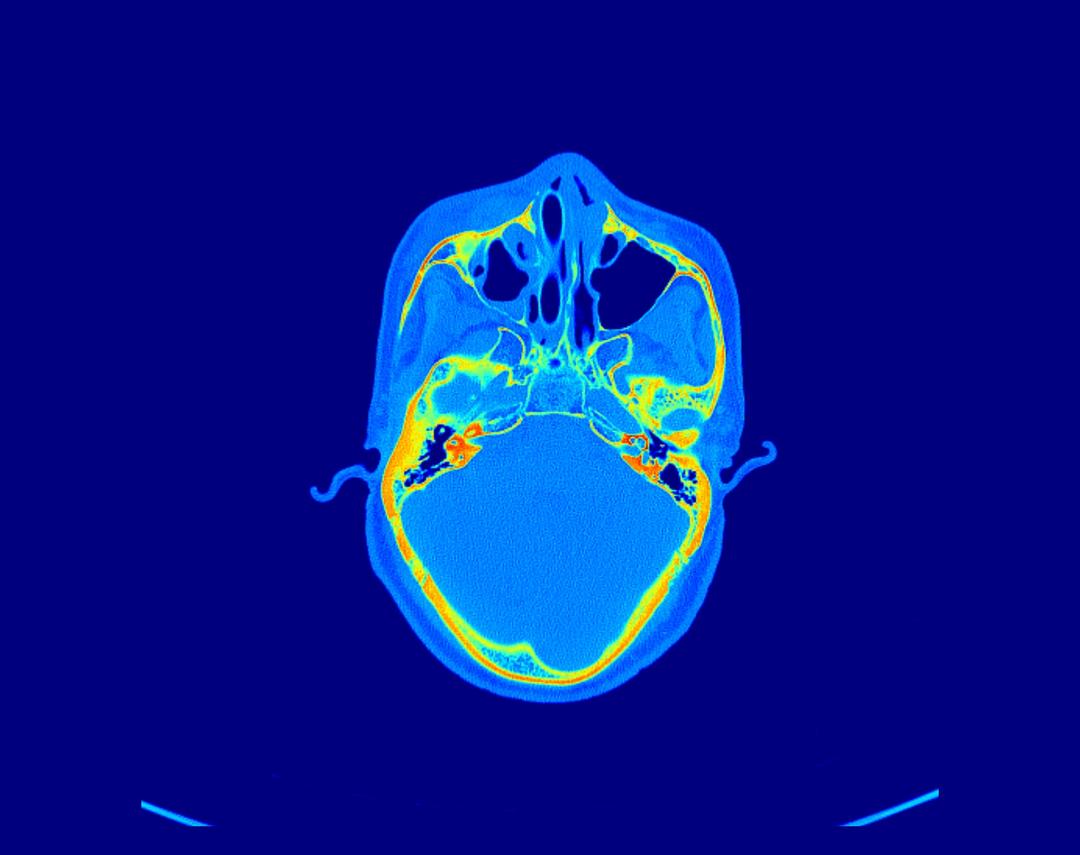
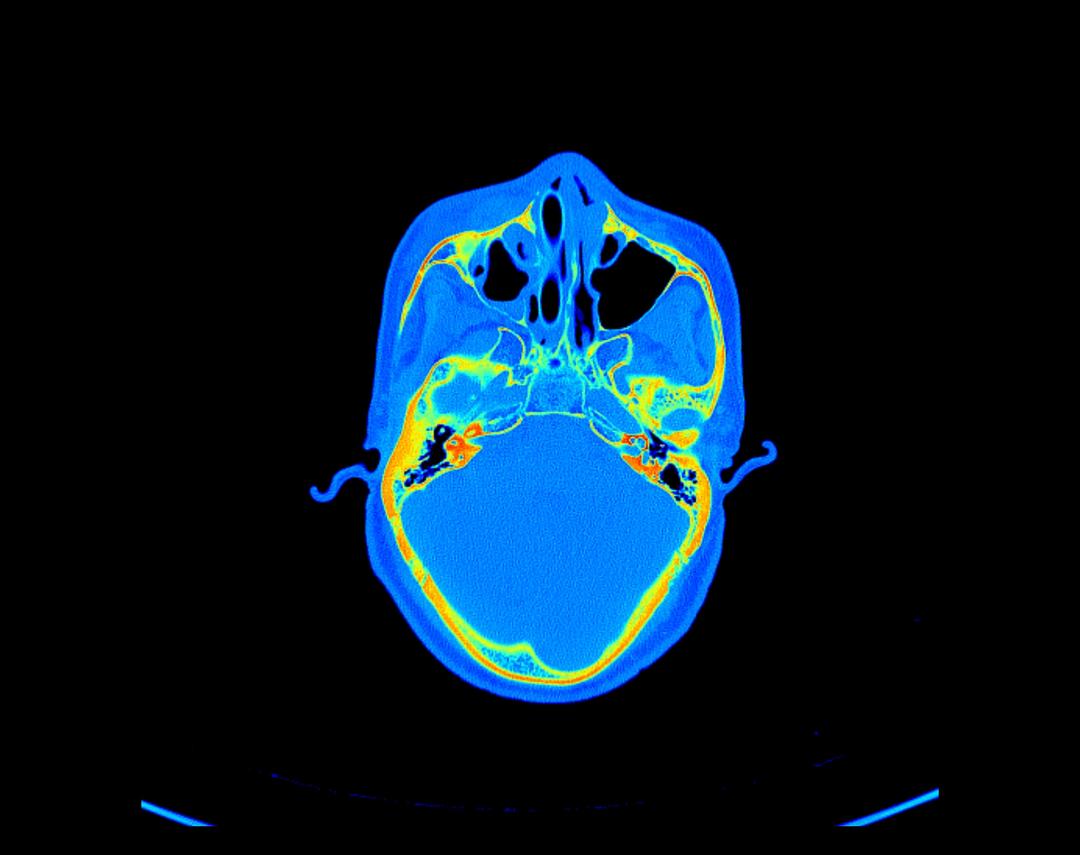
Hide/Show Measurement Axes
The measurement axes automatically shown once DICOM Images have been imported can be disabled/enabled from the menubar, in the view menu. Simply check/uncheck the "Hide Measurement Axes" option. Your preference will be saved, and applied to all future imported images.
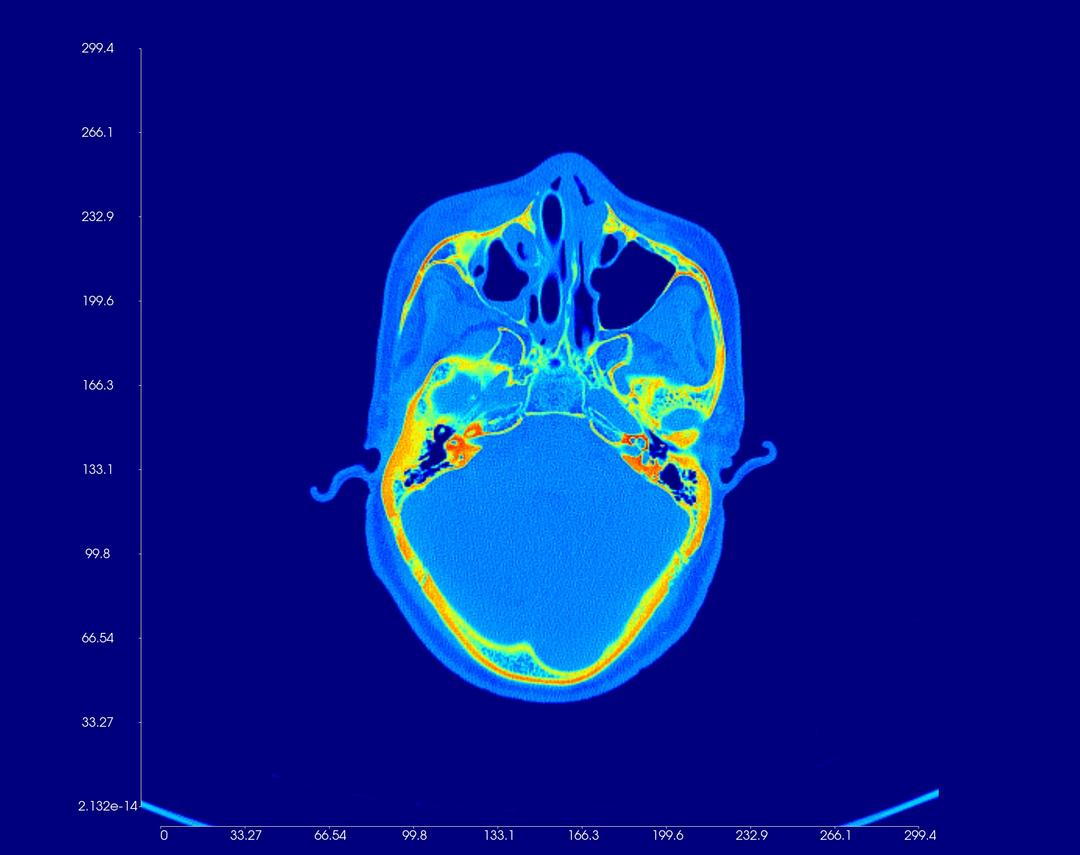
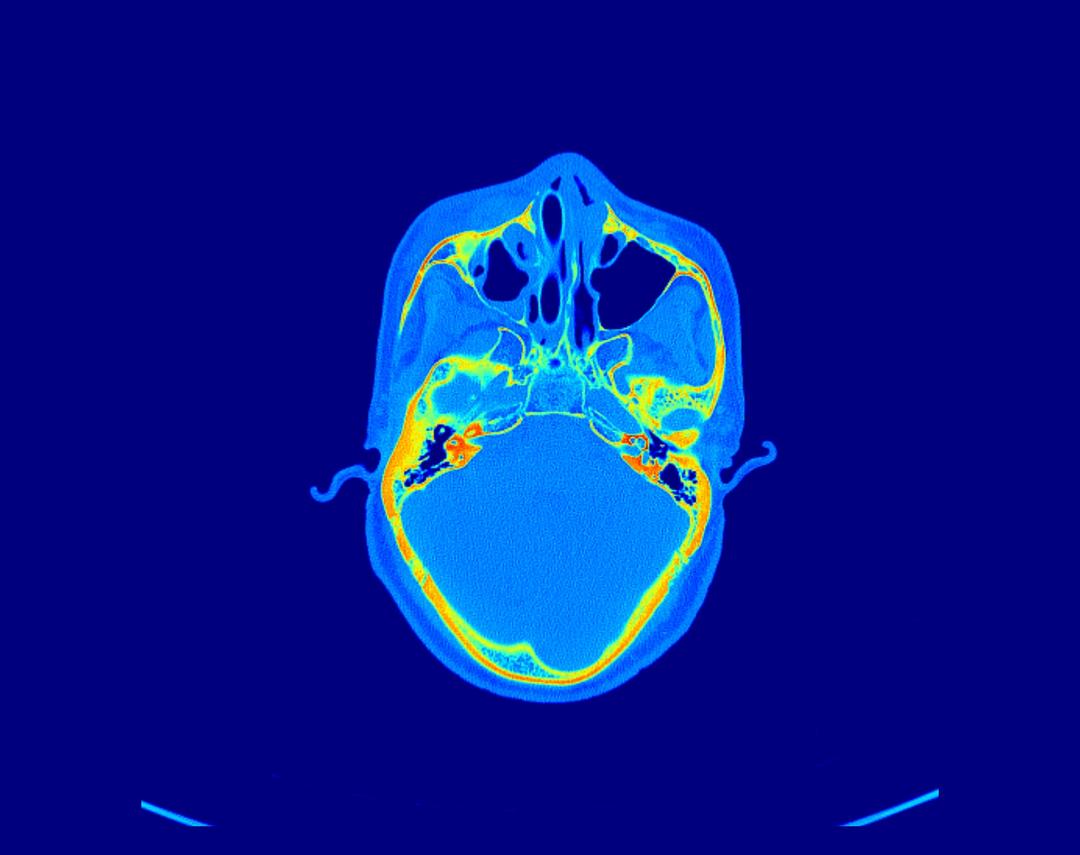
If you have any further questions, suggestions or noticed any bugs, contact us at: [email protected].